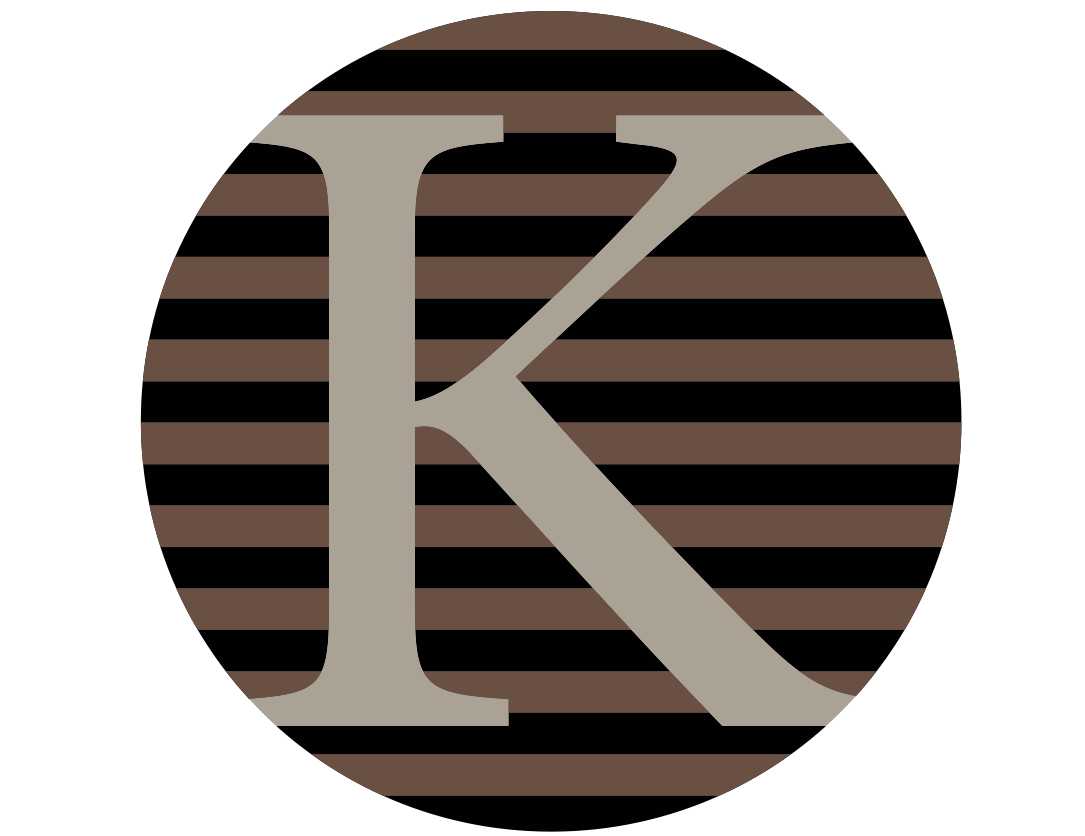Choosing the Best Wood for Your New Deck
Deck installers can build a deck with many different types of wood. They all have unique benefits. Here's some more information to help you decide what's best for your deck.
Many different types of wood are used in decks because people like its warm, natural, inviting look. Pressure treated wood is a little more expensive than standard pine wood, yet less expensive than other types. It's treated with a chemical that protects it from insects and rotting. It will become discolored over time, but you can prevent this by asking your team of deck installers to stain or paint it.
A wide variety of colors are available. Cedar does not absorb moisture as much as other woods, so it resists twisting or splitting. The center of the tree or heartwood is rot resistant. Cedar decks will usually last about 15 years. Redwood has a pleasing appearance, and it's resistant to insects and decay. Southern Cypress is also resistant to insects and rot. It has a tan or reddish color. Since it's also more expensive, you can use it for the railings and another material for the floor. Mahogany has an intricate grain and a lovely, dark color. It's also naturally decay resistant. "Ipe," also called South American Hardwood, is decay and fire resistant with an attractive tan color.
Pressure treated wood and soft woods like pine are less expensive, but they're not as durable. Hardwoods like Redwood, Cedar, and Ipe tend to be more expensive, but they last longer and they have more attractive natural color. You'll save more money over time by using quality materials like hardwoods because you won't need to replace or repair your deck as often. A hardwood deck can also add more value to your home.

